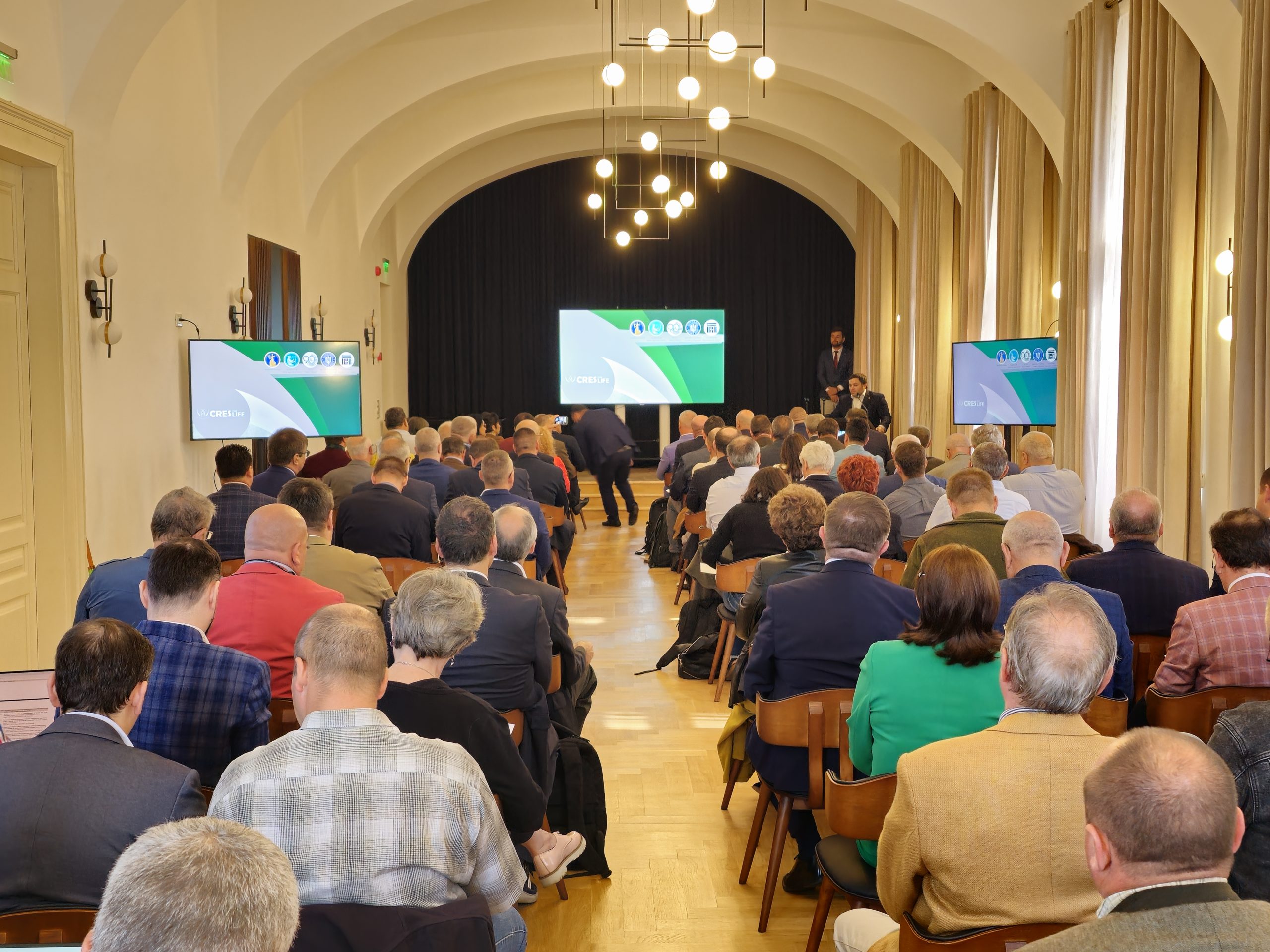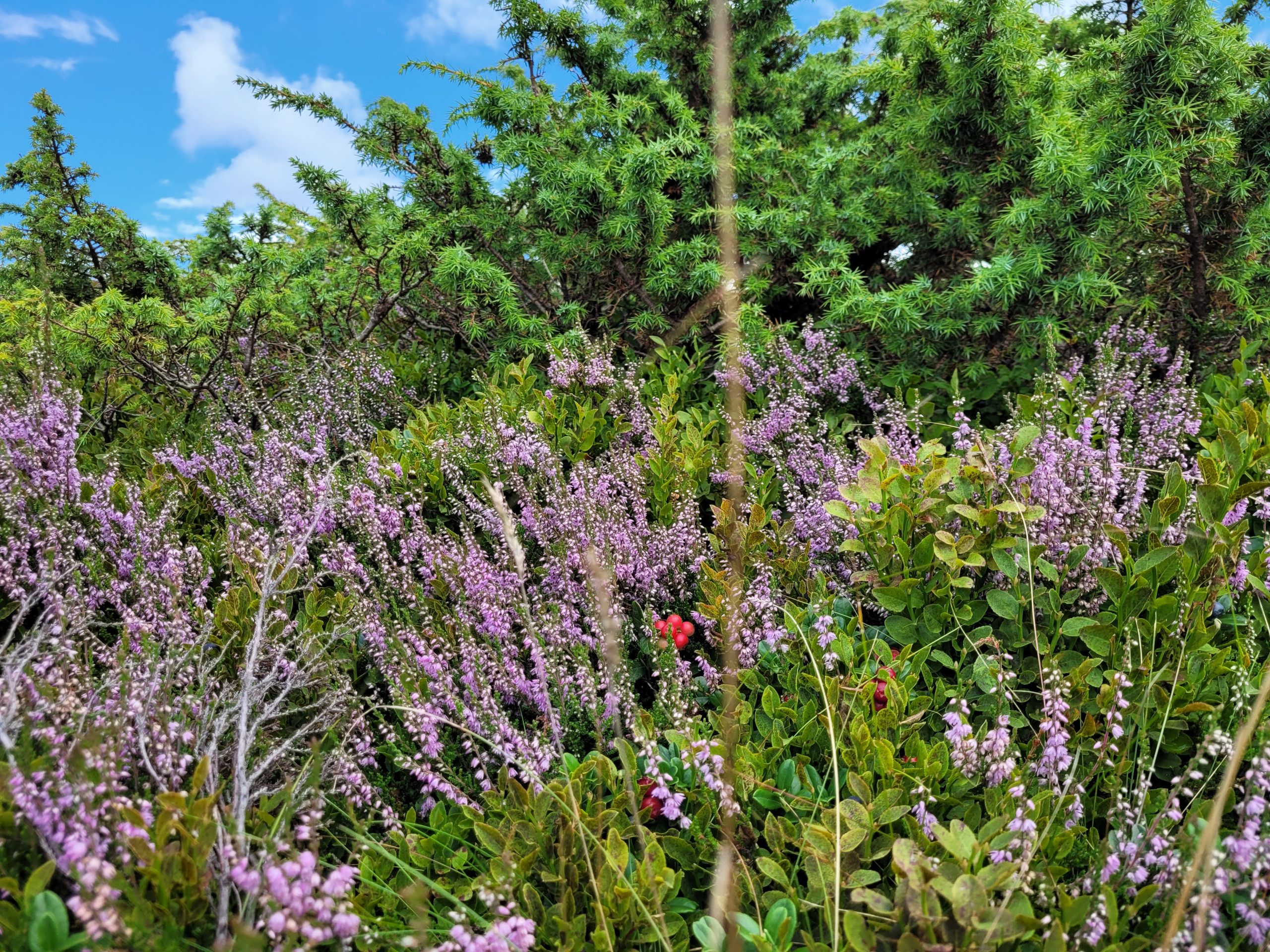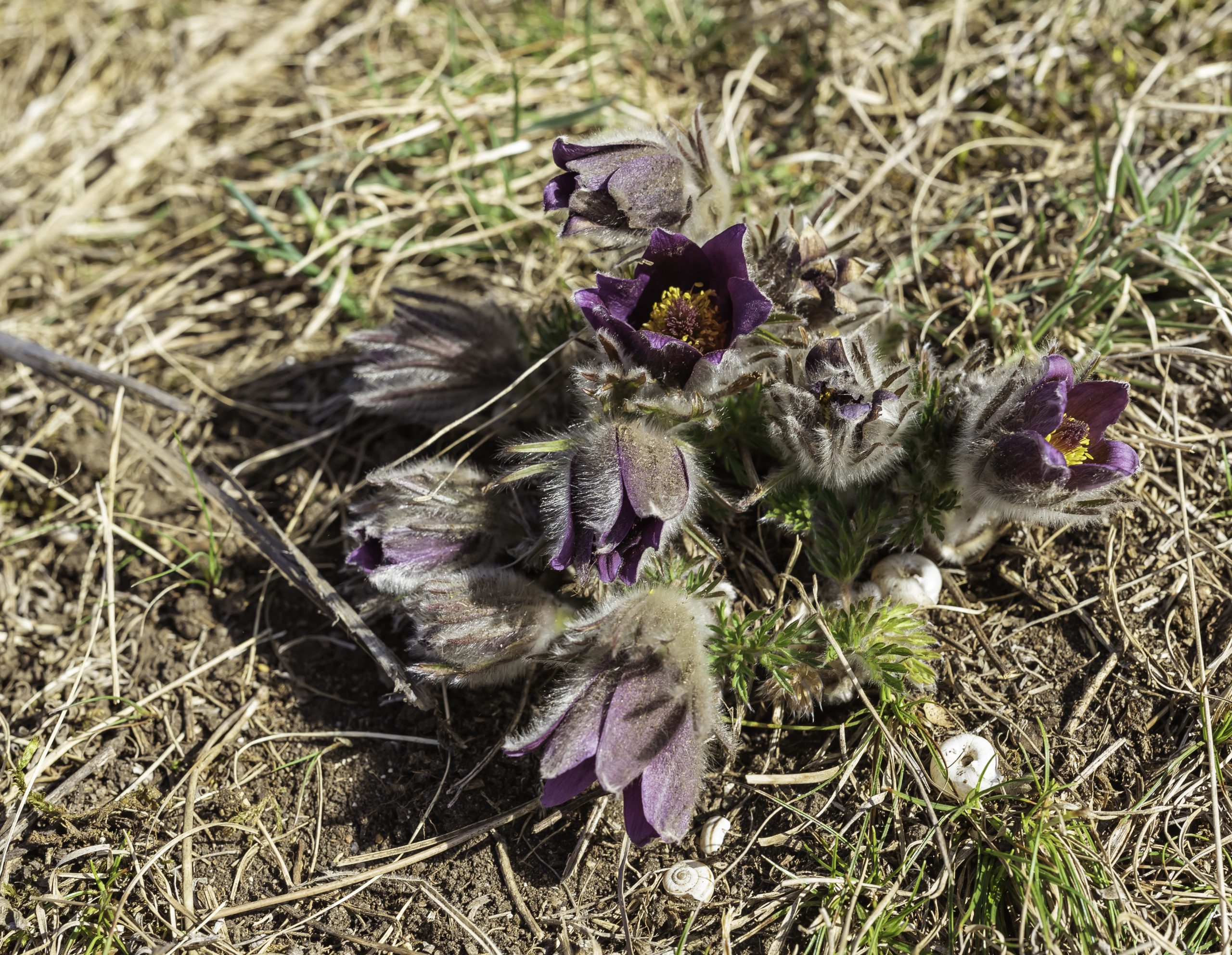Project manager

Senior researcher I Dr. Ovidiu Badea
Goals
The general objective of the project:
stimulating the growth of knowledge and technology transfer between research and development organizations in forestry and economic units in the forestry sector and their access to funding in research, development and innovation (CDI) by encouraging private investments and partnerships in research.

The specific objectives
- financing the access of some enterprises in the forestry sector to extensive expertise and to the facilities of the “Marin Drăcea” National Institute for Research and Development in Forestry to transfer research results and competence to these enterprises that develop their market businesses and to develop research in effective collaboration with these;
- increasing the economic competitiveness of the Romanian forestry sector through the transfer of scientific knowledge and technology at the local, regional and national level;
- increasing social quality through the transfer of practical solutions and advanced (valuable) technologies capable of generating direct social benefits at local, regional, national and international levels.

Project activities:
Activity A- Activities to stimulate knowledge transfer
- Sub-activity A.1 Identification and formulation of the offer of expertise and results
- Sub-activity A.2 Direct assistance to businesses to identify from the offer of expertise that matches their needs and requirements
- Sub-activity A.3 Organization of individual meetings with businesses or organization of thematic events
- Sub-activity A.4 Training of research organization personnel involved in Type A activities
- Sub-activity A.5 Identifying new potential beneficiaries of knowledge transfer


Activity C – CD skills/competence transfer and innovation support activities
- Sub-activity C.1 Contract industrial research activities
Activity D – Industrial research activities carried out in effective collaboration with the enterprise
- Sub-activity D.1 Industrial research carried out in effective collaboration
Activity E – Project management activities
- Sub-activity E.1 Scientific and technical coordination
- Sub-activity E.2 Steering Committee (SC)
- Sub-activity E.3 Information and dissemination within the project
The offer of knowledge transfer services of the “Marin Drăcea” National Institute for Research and Development in Forestry
- the implementation and application of new dendrometric methods and mathematical-auxological models in forestry practice and in the forest management planning system;
- implementation and application of technical procedures and practical methods for determining the volume of trees in relation to the measured diameter;
- the substantiation and implementation of technical solutions for the management of beech stands of advanced age in order to assess the quality of the wood;
- developing new methods to prevent and reduce the impact of climate change and other biotic and abiotic stress factors on forest biodiversity;
- evaluation and monitoring of the diversity of forest ecosystems;
- the development of forest management planning on ecological and economic bases;
- the development of specialized IT applications for different activities in forestry practice; (evaluation of the volume of wood intended for commercialization, development of management plan, etc.).
- evaluation and analysis of the action of climate changes and the quality of environmental and socio-economic factors on forest ecosystems;
- increasing the contribution of the forestry sector to rural development and environmental protection;
- perfecting and developing procedures and models for regulating the production process, evaluating and forecasting forest resources, their exploitation and use.
- analysis, evaluation and long-term inter- and multidisciplinary research/monitoring of the state of forest ecosystems and their biodiversity under the action of climate change and other biotic and abiotic stress factors.
- quantifying the productive, protective and landscape functions of forests and the ecosystem services provided by them.
- the development and implementation of specific models for determining the carbon stock in forest biomass;
- the development and implementation of evaluation models of the organic carbon stored in forest soils and in their litter;
- the seasonal reclassification of the affected areas from the forest stock, as a result of the change in environmental conditions (anthropogenic, climatic);
- knowledge of the ecological behavior of forest species under the conditions of environmental changes;
- sustainable utilization of secondary forest products
- the application of technical regulations for the production and use of reproductive forest materials, as well as for the sustainable management of source units;
- the development of studies and the creation of databases on the genetic diversity and vulnerability of trees;
- quality certification of forest genetic resources;
- the creation and transfer, for the main tree species, of reproductive forestry materials (seeds, saplings, cuttings) genetically improved and of high biological value (resistant to diseases, pests, climate change, pollution, etc.);
- evaluation of the genetic diversity of forest species in order to increase their adaptability to climate changes, reduce genetic isolation and preserve populations of hunting interest.
- the development and implementation of new methods of evaluation and monitoring of the main species of hunting interest;
- correcting the limits of hunting funds according to the legislation in force
- the substantiation and application of keys to credit the hunting funds for the main species of hunting interest;
- the development and implementation of new measures regarding the management of hunting resources;
- the promotion of new technologies for the conservation of endangered species or of special interest;
- preserving biodiversity and increasing productivity in hunting funds.
- the development of technical guidelines and the creation of the inventory of works in the improvement perimeters of degraded lands (ruined, affected by landslides, pollution, etc.);
- the implementation of technologies for the establishment of agroforestry crops and the evaluation of the impact on the environment, as well as on the development and diversification of economic activities in the rural environment;
- adapting the care and management of the stands, as well as the regeneration cuttings, to the changes produced by the change in environmental conditions;
- monitoring and promoting technical solutions to increase the efficiency and duration of hydrotechnical works;
- production and use of poplar seedlings in plantations;
- the establishment of mother plant cultures at poplar and willow growing units;
- care, maintenance and management of plantations in order to stimulate fruiting;
- the introduction into culture of poplar and willow species / clones with superior silvoproductive potential and increased resistance to adversities;
- the regeneration under the massif and the introduction to the shelter of the massif of some valuable native species, in stands close to exploitability located on degraded lands;
- optimization of management measures and exploitation technologies, developed on an ecological basis, to obtain sustainable forest products from certified forests.
- optimal solutions and specific technologies for the ecological reconstruction of forest lands, the arrangement of torrential hydrographic basins, the afforestation of degraded lands unsuitable for agriculture and the realization of the national system of shelter-belt for the protection of fields and communication routes.
- development of new, improved methods based on appropriate measures to combat forest diseases and pests;
- the development of technical guidelines regarding the application of phytosanitary treatments with products accepted by the European Union and the evaluation of their effectiveness;
- the development of new methods of forecasting and integrated combating of forest diseases and pests based on the application of appropriate silvicultural measures and the use of biological preparations with low environmental impact;
- improving the methods of detecting, monitoring, preventing and combating forest pests and diseases;
- application of herbicides in nurseries and forestry plantations;
- monitoring the dynamics of the populations of Lymantria monacha in the resin groves, in order to signal in a timely manner the appearance of the gradations of the defoliator;
- combating the seminophagous pest of deciduous trees;
- the supervision of the infestation with carob species in the areas taken over from the agricultural sector in order to combat them and carry out the ecological reconstruction through afforestation;
- integrated combating of stem pests of resinous trees in areas affected by fellings and breaks by wind or snow;
- detecting, forecasting and combating the defoliating beetle Stereonichus fraxini;
- implementation, use and improvement of the “LYDIS” system for forecasting infestations with the defoliator Lymantria dispar;
- carrying out works to combat defoliators in deciduous forests;
- preventing and combating diseases in forestry crops;
- testing products for forecasting and preventing insect attacks (synthetic pheromones)
- development of tested biological products for the control of diseases caused by different pathogens in forests.
- the development and transfer of methodologies for estimating the state of health of forests by means of remote sensing and by means of multi-criteria decision systems based on GIS analysis;
- building geospatial databases and landscape maps in digital format
- the implementation and exploitation in the GIS system of the management databases in forest management
- identification of forest vegetation cover changes produced by wind breakers, fires, anthropogenic factors, etc.;
- the biometric characterization of stands by applying the methods of processing information obtained from LIDAR images;
- the development of ecological reconstruction measures for stands affected by biotic and abiotic factors (abnormal drying, degradation, weakening);
- assessment of the state of resinous stands outside the area, analysis of the behavior of stands installed on degraded land and of American poplar crops;
- the development and transfer of new, specific technologies for the ecological reconstruction of degraded lands in and outside the forest stock;
- the development and application of specific technical guidelines regarding the establishment of shelter-belt (choice of species, transfer of technologies for their installation and maintenance);
- the development and transfer of new, specific technologies for the care, management and regeneration of forests (management regime, production cycle, silvicultural treatment method, exploitability age, etc.);
- carrying out studies and creating databases regarding the state of works for the development of torrential hydrographic basins;
Project results
In the period 2016-2023, within the project “Increasing the Economic Competitiveness of the Forestry Sector and the Quality of Life through the Transfer of Knowledge, Technology and CDI Skills – Cresforlife”, co-financed from the European Regional Development Fund through the Competitiveness Operational Program 2014-2020, Priority Axis 1 “CDI in support of economic competitiveness and business development”, “Marin Drăcea” National Institute for Research and Development in Forestry (INCDS) concluded a number of 23 subsidiary contracts with private and state economic operators, both in the forestry and related fields, in order to increase the transfer of knowledge and technology between the Institute and the economic units, as well as to facilitate their access to financing in research, development and innovation (RDI), by encouraging private investment and research partnerships.
The results obtained through their implementation consist of: transferred technologies, applied solutions, developed models, exploited methods and publications.


